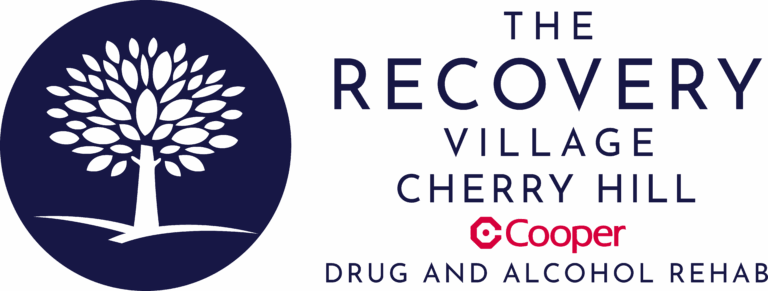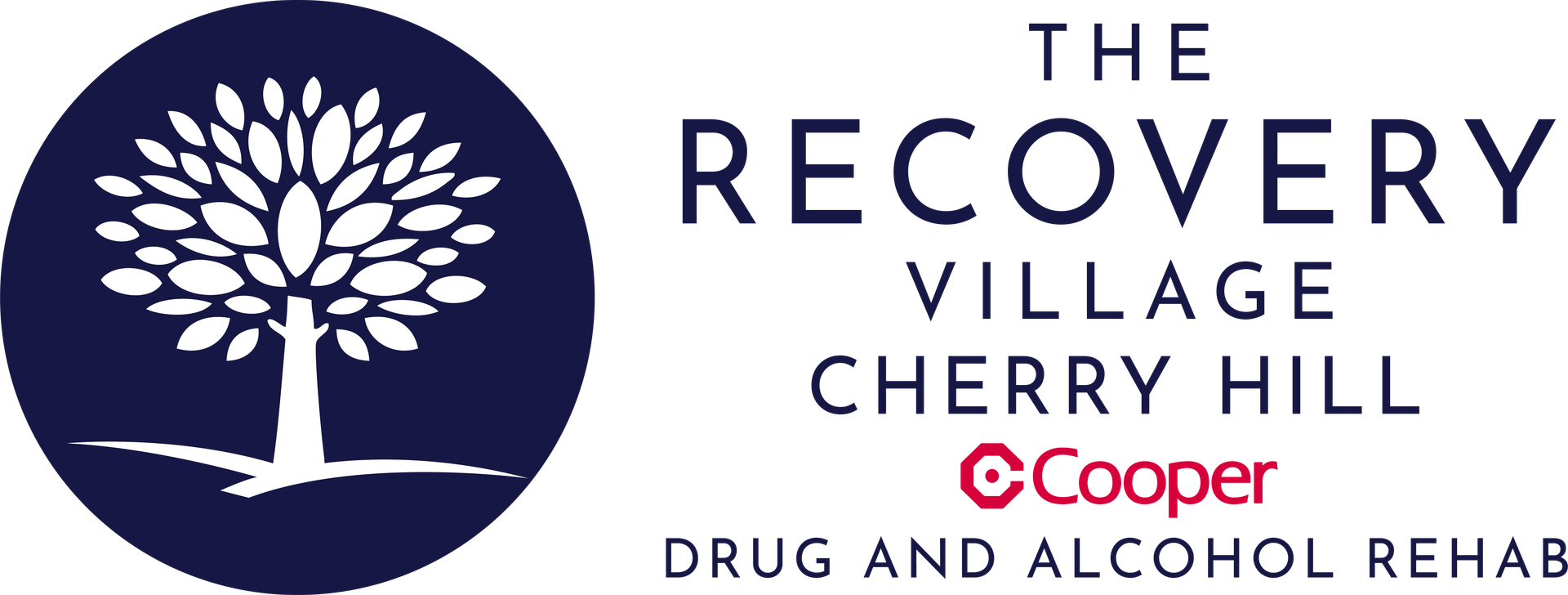Addiction is more than substance use. Abstaining from alcohol isn’t the same as recovery. Dry drunk describes a scenario where someone is sober but not in recovery.
When someone stops drinking, they may celebrate their sobriety. However, sobriety and abstinence from alcohol are only part of recovery when someone struggles with an alcohol use disorder (AUD). If someone hasn’t dealt with underlying factors contributing to their alcohol addiction, they might be described as a dry drunk. Someone who’s a dry drunk behaves in almost every way like a person still in active addiction, but they aren’t drinking.
Definition of a Dry Drunk
A dry drunk is someone who isn’t actively using alcohol but is still experiencing the behaviors or the issues that led to their alcohol use disorder. To understand what a dry drunk is, it’s useful to understand alcohol use disorder. When someone has an alcohol use disorder, it affects8 their brain, behavior, and emotions. AUD is about much more than just the drinking. Giving up alcohol is only one part of recovery from an AUD.
Some people use dry drunk syndrome1 to refer to post-acute withdrawal syndrome or PAWS2. PAWS can occur after someone stops taking a substance, and it involves a variety of mood and psychological-related symptoms. Someone with PAWS may experience similar symptoms to what they experienced when they were drinking.
Recovery Can Be Life Changing
Whether you or a loved one is struggling with addiction, our expert team is here to guide you every step of the way. Don’t wait— reach out today to take the first step toward taking control of your life.
“My life has became something that I’m proud of and something I can be grateful for.“
– Joseph McDermott, The Recovery Village Cherry Hill Alumni
Dry Drunk vs. Sober
Dry drunk and sober can be the same concept. Someone can be sober, meaning they aren’t using drugs or alcohol, but they might not have fully dealt with the underlying contributors to the original alcohol use disorder. Sobriety only means abstaining from alcohol. Recovery, by contrast, is a process of physical and emotional healing from the disease of addiction. According to the National Institute on Drug Abuse6, recovery is a change process. As part of this process, people improve their complete health and wellness, live in a self-directed way, and work toward reaching their full potential.
History of Dry Drunk Syndrome
The term dry drunk was created by R.J. Solberg4. Solberg wrote “The Dry Drunk Syndrome,” where he describes being “dry” as different from “contented sobriety.” The guide was written in 19834 to help people who no longer drank alcohol but still felt as if they had self-defeating thoughts and behaviors.
Dry Drunk Symptoms
Dry drunk symptoms can vary depending on the person and why they’re experiencing negative thoughts or moods, but in general, might include4:
- Depressed mood
- Anger and resentment about not drinking
- Blaming others for problems
- Self-justification
- Lack of sensitivity to the needs of others
- Aggressive or demanding behaviors
- Sense of exaggerated self-importance
- Dishonesty
- Lack of coping mechanisms
- Playing the victim
- Judging others harshly
- Impulsive behavior
- Problems with decision-making
- Mood swings
- Glamorizing drinking
- Feeling detached or bored
- Trouble expressing emotions
- Lack of life satisfaction
- Continuing to put oneself in situations that are related to drinking — for example, continuing to hang out with friends you used to drink with
How Long Does Dry Drunk Syndrome Last?
Since dry drunk syndrome isn’t an officially diagnosable condition, there’s no one answer as to how long it lasts. For some people, dry drunk syndrome lasts until they get formal treatment for their addiction. A person may think not drinking alone will improve their lives. If they haven’t tackled the root causes of their addiction or co-occurring disorders, they cannot live a fulfilling life even when they’re technically sober.
If the symptoms of dry drunk syndrome are related to post-acute withdrawal syndrome2, this can last for weeks or months. These protracted or prolonged withdrawal symptoms are similar to mood disorders. Around 75% of people2 recovering from an alcohol use disorder may experience PAWS symptoms. Medications, behavioral therapies, and treatment for co-occurring disorders can help someone deal with the symptoms of PAWS.
Is Dry Drunk Syndrome a Sign of Relapse?
A relapse is a gradual process7 that occurs in stages. Every stage of recovery comes with its relapse risks. To reduce the risk of relapse, patients are encouraged to change their entire life during addiction treatment. Recovery requires the creation of a new life where it’s easier not to drink or use substances. Other recovery rules include honesty, asking for help when needed, practicing self-care, and not bending the rules. Dry drunk syndrome symptoms can be the exact opposite of these recovery guidelines, which could signify impending relapse.
Relapse can begin weeks or even months before someone drinks or uses drugs again. For example, the initial phase is the emotional relapse. Someone might not be thinking about drinking again, but they are bottling up their emotions, not taking care of themselves, and focusing on other people, such as other people’s problems or how others affect them. Mental relapse7 is when a person starts to minimize the consequences of their previous alcohol use, craves drugs or alcohol, and thinks about the settings and people related to their past use. These are all things that can occur with dry drunk syndrome as well, and can lead to physical relapse, where the person starts drinking regularly again.
Living With a Dry Drunk
When you’re living with a dry drunk, you are dealing with someone who might not be drinking alcohol but is still very much dealing with the physical and emotional issues that fueled their addiction, to begin with. Someone who’s not yet worked through these issues can be easily irritated or fast to get angry. They may become defensive and justify themselves quickly, and they may appear disengaged or like they lack motivation.
There might be resentment because they could see their family or loved ones as having “forced” them to stop drinking. They may be frustrated at realizing they can’t drink as other people do, or they could struggle to take responsibility for the years they spent drinking. You could feel as if you were walking on eggshells around the person. It could also be a dry drunk codependent relationship, where you feel a sense of guilt or responsibility toward the person.
How To Help Your Loved One With Dry Drunk Syndrome
If a person in your life is sober from alcohol but seems to be experiencing a range of ongoing negative symptoms, you might encourage them to get treatment. Addiction treatment is holistic, and it helps pave the way for a recovery journey that goes well beyond not drinking anymore. Contact The Recovery Village Cherry Hill at Cooper. We can help you learn more about intensive, holistic treatment programs that treat a person’s addiction on a physical, emotional, and behavioral level.




